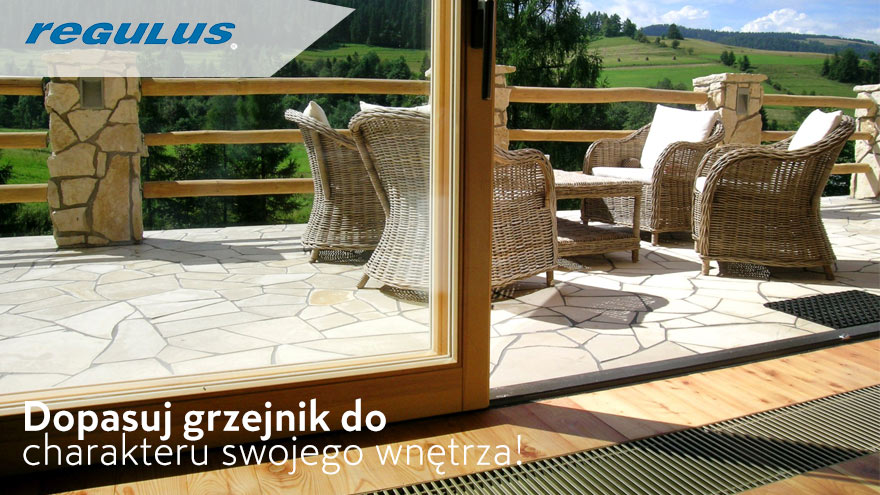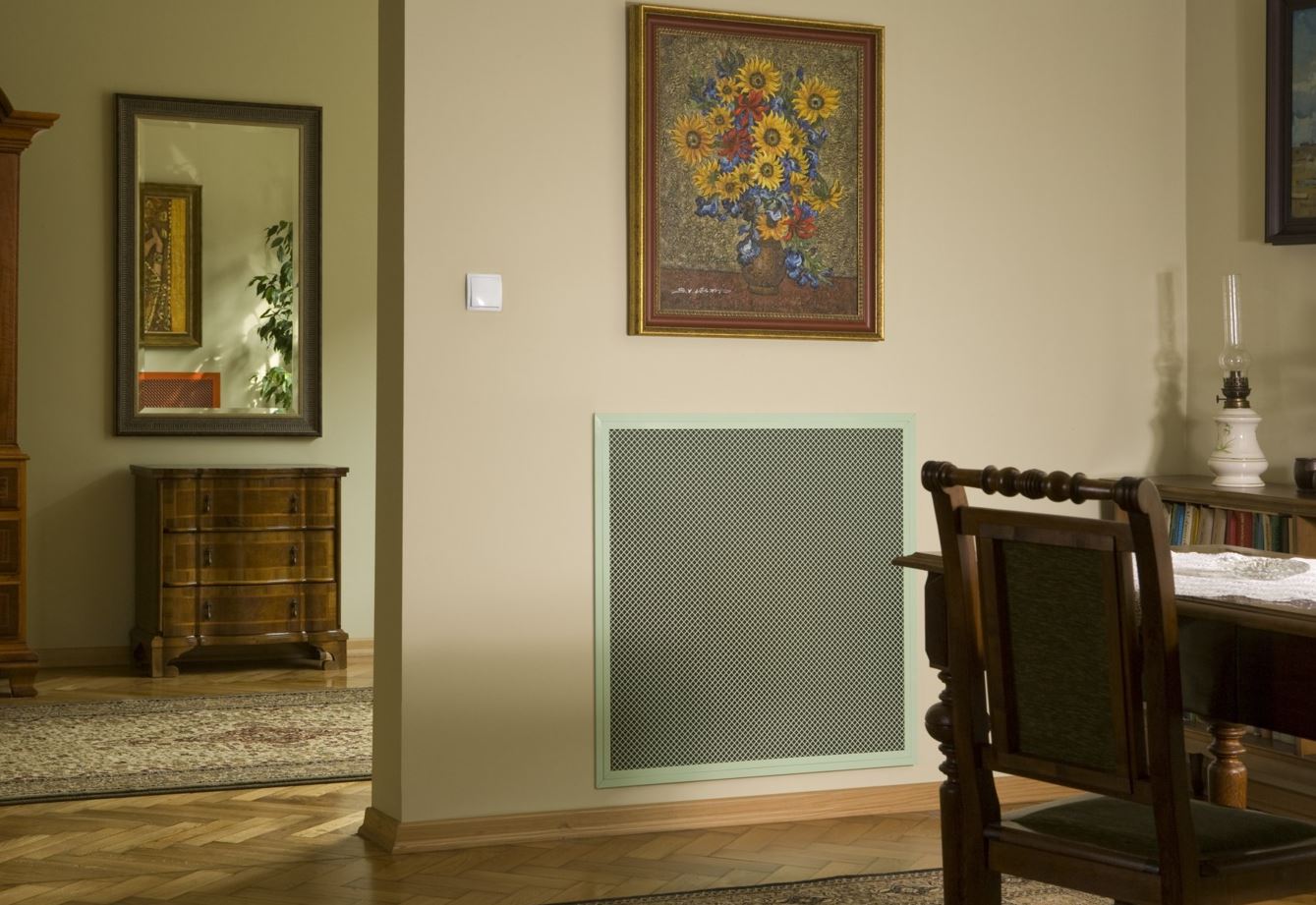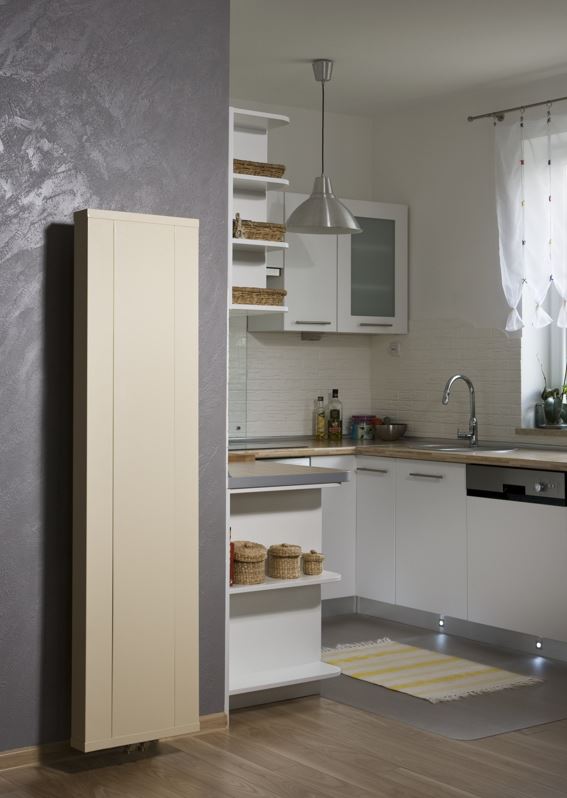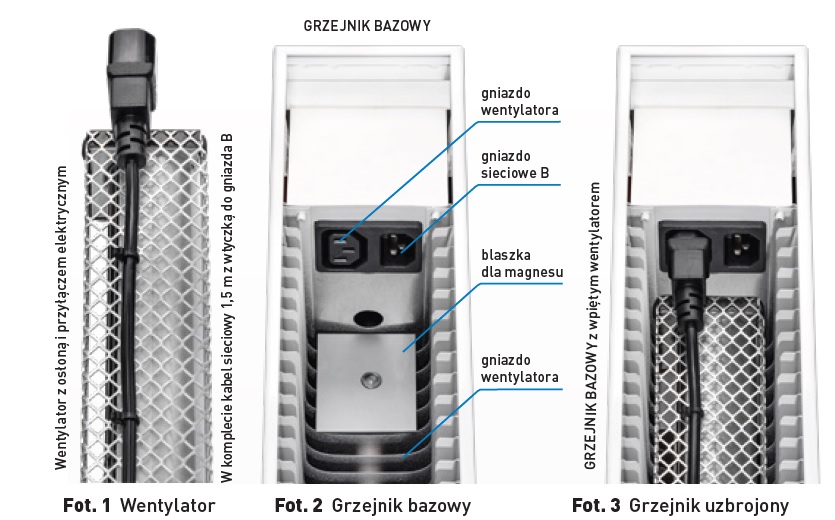When furnishing a house, we try to select equipment that is consistent with our preferred style, we pay great attention to colors, and we organize the space in accordance with our sense of harmony. We try to hide all types of heating devices, not only because of their appearance but also their size. We don't want to limit the space. However, in our climate, radiators are a necessity. Can they be adapted to the character of our interiors? Can they constitute an interesting accent or be completely hidden, invisible, or maybe decorative through form, color, texture?

REGULUS® -system offers several proposals: radiators mounted in the floor or wall - the presence of which can also be accentuated with an interesting color of the platform or cover, decorative radiators with an extremely interesting structural coating, as well as small, high-power radiators that will successfully replace those with large dimensions.
Check out Regulus radiators in the Onninen offer
Channel underfloor heating system – CANAL
This is a solution in which the radiator is located in a channel in the floor (in a special bathtub built into the floor), and the only visible element is the openwork platform covering the channel. Optionally, the trench heater may be equipped with a quietly operating fan that increases the heating power (TRIOVENT, QUATTROVENT). The platform that covers the channel is available in several designs, made of oak, beech or aluminum. The whole thing is consistent with the floor level. The pattern and color of the platforms can be matched to the material the floor is made of. Aluminum platforms can be painted (colors from the RAL K7 palette) or anodized (4 colors to choose from). Wooden platforms can be stained with varnish (in this case, you should order raw, unimpregnated platforms, which must be coated with an appropriate preparation yourself). The channel underfloor heating system is most often used along large glazing areas, as well as wherever there is no space for traditional radiators, but comfort and effective heat emission into the room are important. Sets with a fan have greater heating power - they can be shorter and therefore easier to arrange. The depth of the shallowest sets, including the platform, is only 80 mm. This is an innovative and currently very fashionable solution.
In-wall radiators – INSIDE
They are mounted inside the wall, in a shallow recess and covered with a blind (masking). This is a system that works well in places with limited circulation space, where a collision may occur between the protruding radiator placed on the wall and the way the room is used, i.e. in vestibules, corridors, and dressing rooms. This system can also be installed in bathrooms, in the tiles or in the bathtub casing, as well as in the kitchen in the kitchen passage or on the kitchen island. It is also used in partition walls with the function of simultaneous heating of both adjacent rooms. Equally good places to install in-wall radiators are under the windows of attic gable walls, elbow walls and pillars. The total depth of the INSIDE set is only 77 mm. This solution is new on the European market.

Decorative radiators – DECOR and TOWER
 These are narrow, tall models with a flat surface. Due to its size, it is intended for installation next to a window, on a pillar or on a free wall. Low thermal inertia enables precise, easily controllable heating - it works well in modern heating systems light, which makes installation easier, even on plasterboard walls. Available in a wide range of colors (RAL K7 and TIGER palette). The hammer and structural execution looks particularly interesting. Thanks to their simple style, these models are widely used, and in colors contrasting to the color of the walls, they constitute an interesting accent in the interior.
These are narrow, tall models with a flat surface. Due to its size, it is intended for installation next to a window, on a pillar or on a free wall. Low thermal inertia enables precise, easily controllable heating - it works well in modern heating systems light, which makes installation easier, even on plasterboard walls. Available in a wide range of colors (RAL K7 and TIGER palette). The hammer and structural execution looks particularly interesting. Thanks to their simple style, these models are widely used, and in colors contrasting to the color of the walls, they constitute an interesting accent in the interior.
E-VENT and REVERS fan heaters – for heating and cooling
E-VENT radiators and REVERS radiators are models adapted to work with fans: E-VENT - 230 V, and REVERS - 24 V. The design of these radiators - the so-called base – is identical. Inside, in the lower part, they have a recess for the fan(s) and elements for quickly attaching (and disconnecting) them using magnets. They also have a complete internal electrical installation with a discreet switch on the side casing.
E-VENT and REVERS – similarities and differences:
- E-VENT type radiator – base radiator with a 230 V fan connected to it – such a radiator is used only for heating,
- REVERS type radiator - a base radiator with a 24 V fan connected to it - such a radiator is used both for heating and cooling rooms in cooperation with, for example, a heat pump or a ground heat exchanger.
Check out Regulus radiators in the Onninen offer
The fan significantly increases the power of the radiator (up to 60%) without changing its dimensions, i.e. without the need to oversize it, e.g. for low parameters of the heating medium (condensing boilers, heat pumps). It is necessary when using the cooling function - REVERS heater. It is also possible to additionally influence the heating dynamics using a three-speed controller.
A base radiator without a fan works like a standard central heating radiator heating by convection and radiation from the surface, due to its large heat exchange surface (large contact surface with the heated air) it is more useful for low-temperature heating than other radiators.

The fan unit (or fan - depending on the length of the radiator) can be purchased together with the base radiator or postpone its purchase until the future, if you already have a water radiator adapted to this solution in your central heating installation. Regardless of the chosen option, remember to connect the electrical installation near the base of the radiator.
The presented radiators and heating systems guarantee dynamic and economical heating. They are characterized by low thermal inertia, and therefore quick start of heating, efficiency and precision. Energy savings are obvious - a radiator with low thermal inertia provides exactly as much heat as needed to maintain the set temperature. It is a good choice in terms of aesthetics and, what's more, it does not limit the space, giving you more freedom in interior design.